Mixed reality is often seen as one of the more mysterious forms of extended reality. The technology is still in heavy development. But that also means it’s an exciting time to jump on board. New creations and discoveries appear all the time. You’ll soon discover what mixed reality (MR) is, who’s developing it, and how you can benefit from it.
Quick Menu:
- Mixed Reality and the Larger Metaverse
- What Is Extended Reality?
- What Is the Virtuality Continuum?
- What Is Mixed Reality?
- What Is the Difference Between Mixed Reality, Virtual Reality, and Augmented Reality?
- Components of Mixed Reality
- Types of Mixed Reality
- How Does Mixed Reality Work?
- Mixed Reality Use Cases in Various Industries
- Mixed Reality Devices
Mixed Reality and the Larger Metaverse
Mixed reality is one part of a larger metaverse. And to understand MR, you first need to dip your toes into that exciting universe. And the metaverse is, indeed, a vast and borderless digital landscape. But it also bridges the information you find online and the standard physical world you live in. It’s often thought of as an immersive 3D environment that you step into. But the metaverse can also be projected into the physical world as augmented or mixed reality.
The metaverse is discussed as a true reality for a good reason. It’s persistent in a way that a standard video game can never be. You can venture into the metaverse with friends, and the experiences you make will leave a mark on that virtual world. Even better, the metaverse isn’t just changing through your actions. It’s also growing and evolving as a living platform under continual development. Nobody really knows what the metaverse will grow into. But anyone wanting to be part of that process can jump in now. You can explore even more of this amazing new frontier in the article “Metaverse Guide; Understanding The Basics Will Open Up a New World”.
What Is Extended Reality?
As with the metaverse, it’s also vital to understand extended reality (XR) before studying mixed reality. Extended reality is an umbrella term for all digital and physical reality combinations. This includes mixed reality (MR), augmented reality (AR), and virtual reality (VR). Extended reality can describe everything from partial sensory input with augmented reality to using a full VR suit, mask, and headset with virtual reality.
In the article “Extended Reality; What Is XR and How It’s Changing the Digital World”, you can dive deeper into the larger world of extended reality.
What Is the Virtuality Continuum?
The idea of extended reality can be best thought of as a continuum. Here known as the virtuality continuum. A continuum is defined by a slow transition between different values or metrics. For example, an apple with a 1 mm slice removed is almost indistinguishable from one with a 2 mm slice removed. Two adjacent points in a continuum are usually almost invisible.
Likewise, small changes in extended reality technologies often seem indistinguishable. And adjacent technologies often have some level of overlap in what they’re able to do. But when you get to the extreme of any extended reality technology, it becomes very distinct from others within that larger category. The virtuality continuum is bordered by digital and physical reality extremes. Virtual reality borders the extreme end of the digital. You’re still present in the physical world when using VR. But you’re interacting entirely with digital content.
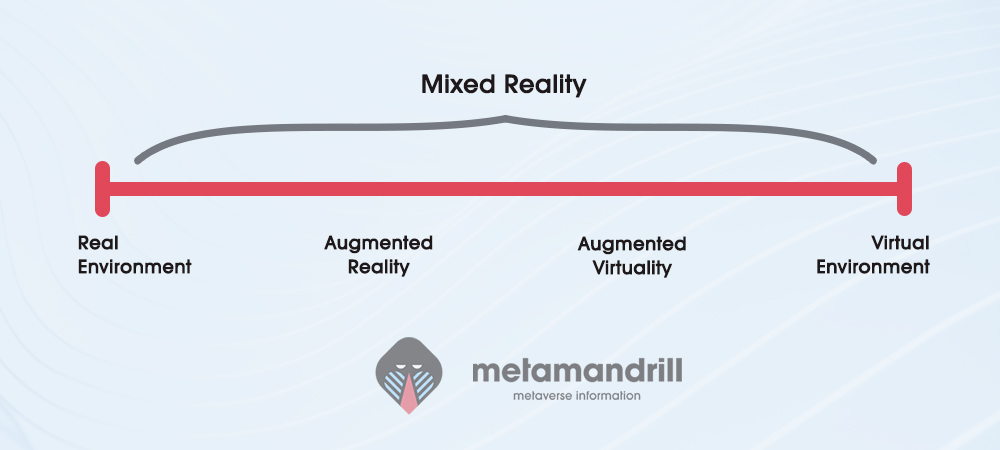
What Is Mixed Reality?
Mixed reality is a relatively new technology within the larger sphere of extended reality. The term was first used back in 1994 by Paul Milgram and Fumio Kishino in their paper entitled “A taxonomy of Mixed Reality Visual Displays”. This was also the first description of mixed reality within the concept of a virtuality continuum.
Mixed reality sits reasonably far from the extremes of virtual reality. In fact, it often operates in a reverse manner. If you’re using a VR headset, then you’re interacting with digital entities. But with mixed reality, you’re interacting with both physical and digital content at the same time. This might seem similar to augmented reality. But MR sits considerably further down the virtuality continuum because it puts an even stronger emphasis on both physical and digital content.
However, despite these differences, people often link augmented and mixed reality together in a way that’s seldom done when discussing virtual reality. Mixed reality is one of the newest forms of extended reality; as such, it’s still in a somewhat early stage of development. But the mixed reality is not only available, and it’s in heavy use within many different industries.
Video: What is mixed reality?
What Is the Difference Between Mixed Reality, Virtual Reality, and Augmented Reality?
Of course, the point of a continuum is that the differences between all of these elements can blend to some extent. The previously mentioned similarities between AR and MR overlap the most when looking at how they handle your surroundings. Both technologies add digital elements to the physical world around you. But AR can work with a 2D mobile device. MR generally requires a headset. This greater level of blended features also brings it closer to VR than AR.
For example, MR and VR allow direct interaction with purely digital elements. Likewise, both allow for this interaction without mobile apps.
You can find more specifics regarding augmented reality in the article “Augmented Reality; Learn About AR Tech, Use Cases, Devices, and More!”.
And you can look at the other end of the virtuality continuum in the article “Virtual Reality; Discover VR, Its Components, Technology, and Players”.
Components of Mixed Reality
Mixed reality can be further differentiated from other extended reality systems by considering a few of its essential components. For example, mixed reality is inherently adaptive and conforms to new environments. Mixed reality data doesn’t just randomly appear around you, either. The digital content will instead conform to your physical environment.
And that applies to material beings, such as yourself, as much as to walls or furniture. Sensors might pick up your movement, speech, and possibly even emotions. Not only can mixed reality pick up sound, but it can also emit it. Some mixed reality systems might use 3D sound to make you feel like you’re surrounded by musicians laying down their best tracks. This is further aided by the relative positioning of MR hardware.
Note that most of these components relate to the idea of 3D environments. Most extended reality works with some form of 3D-based data. But mixed reality incorporates spatial positioning in a far more integral sense. MR needs to put more emphasis on 3D positioning because it works with the physical world and all of our associated dimensions. This will become even clearer as the holographic output of mixed reality becomes more common.
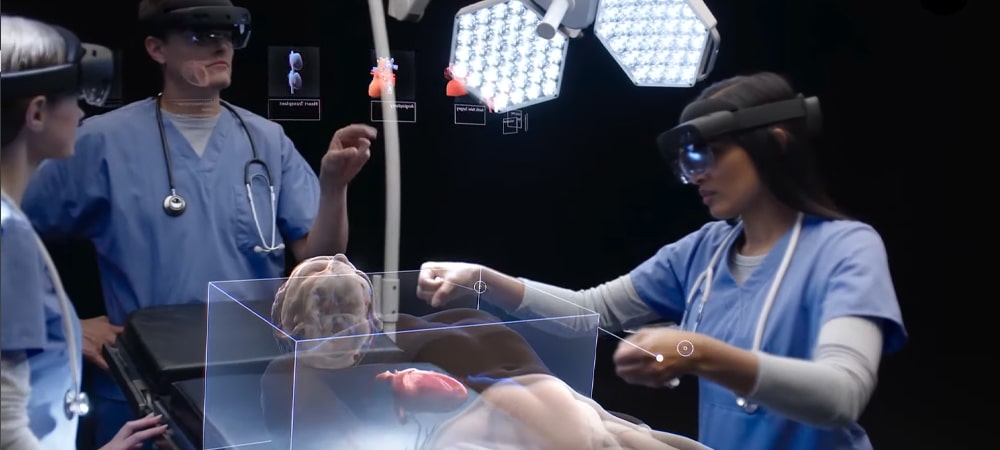
Image attribution: Bernard Marr
Types of Mixed Reality
Just as mixed reality exists in a continuum, it also acts as one. There are many different takes on the concept of mixed reality. Each of these puts a distinct emphasis on the previously mentioned components. While there are many types of MR, the following concepts are among the most significant.
Real World Based Mixed Reality
This form of mixed reality is centered on digital content, which exists in an interactive state within physical reality. The MR system’s interactivity and integration into physical space differentiate it from AR. MR doesn’t overlay digital agents onto physical space. Digital information is seen as part of the physical world.
Virtual World-Based Mixed Reality
Digital information is overlayed onto physical space to the extent that it essentially replaces it. Think of it as putting a digital cover over material items. This differs from VR and AR because it still integrates physical objects with digital information. Mixed reality always mixes the two universes together.
How Does Mixed Reality Work?
If you’re unfamiliar with mixed reality, you might wonder how any of this is possible. MR is implemented through several methods, but headsets are the most common. The headsets place digital elements into the user’s view of the physical world. Additionally, the headsets utilize motion tracking to ensure the full continuity of those digital elements within the environment.
The headsets will also use this positioning information to feed audio data to users. For example, the headset audio output will lower the sound from an entity as you walk away from it. MR systems also use 3D audio so that sound comes from every direction. This means that digitally generated sound will operate like physically generated sound.
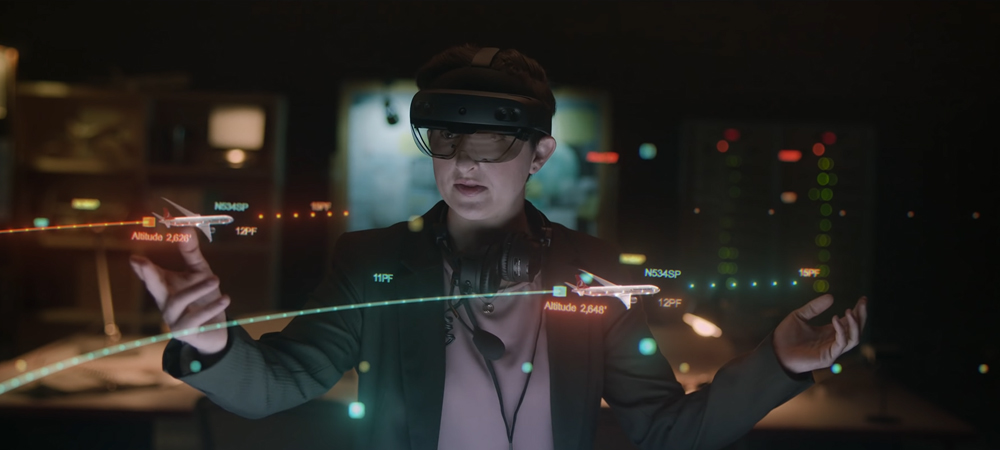
Image attribution: Microsoft
Mixed Reality Use Cases in Various Industries
You’ve seen just how much-mixed reality implementations can do. Technology can quite literally transform almost any experience into something new. It’s little surprise that mixed reality, even in an early state, is seeing a lot of interest within professional spaces. The following use cases show how various industries are leveraging MR technology.
Retail
Customer engagement is one of the absolute goals of any retail establishment. When people are engaged, they’re more open to trying out new ideas or products. And many retail establishments are experimenting with mixed reality to build a higher level of customer engagement. Customers also benefit from the ability to manipulate 3D digital representations of a product before deciding whether to buy it or not. This process also helps clients see the potential of new ideas before they’re actually deployed onto the market. Mixed reality is centered on the ability of all parties to try before they buy.
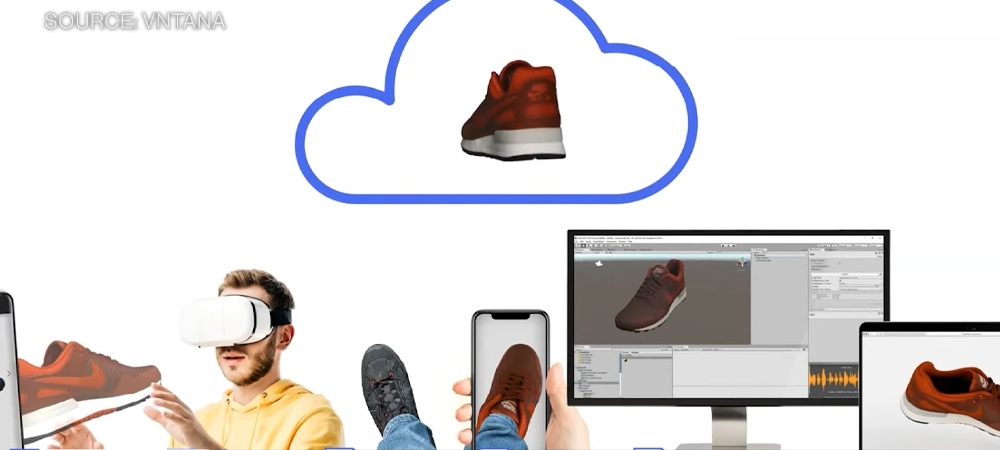
Image attribution: Bloomberg Technology
Education
Educators have long sought a way to immerse their students in a curriculum truly. Much of this difficulty comes from how hard it is to bring a lesson to life essentially. People learn best when they can see their subject matter’s real-world impact. And this is exactly where mixed reality excels within a classroom setting. MR is also a perfect match for remote and distance learning. Teachers can appear out of thin air to instruct students, not to mention that it’s an effective way to prepare students for potentially dangerous situations while keeping them safe.
Video: Mixed Reality for Medical Education
Healthcare
You’ve seen that mixed reality can help students master their assigned material. And that’s also true for people studying medicine. Imagine just how helpful it’d be to instantly see the elements you’re looking in all the detail you need—for example, seeing a functioning heart while studying elements of cardiology. This is also helpful for medical professionals who want to hone their skills in a safe environment. And this element translates to the patient side of things as well. Visualization tools can help people understand what’s happening within their bodies and what a prognosis means in terms of long-term progression.
Video: Mixed Reality for Medical Education
Remote Working
Remote work has been a hot topic in recent years. You’ve probably both seen that it’s entirely possible and that there are some significant issues with standard 2D models in a remote office environment. Mixed reality builds upon the current strengths of remote work modalities while solving most of the major issues. Japan Airlines is using HoloLens to train their engineers on remote hardware. And NASA is taking remote work to the next level by teaming up with Microsoft. The two companies are using mixed reality through the OnSight system to train scientists and engineers for work on mars.
Video: Japan Airlines and HoloLens Mixed Reality Trailer
Manufacturing
Mixed reality has caught on in a big way within the manufacturing industry. Imagine how helpful it’d be to instantly summon up an overlay showing a system’s blueprints or instructions. Or how much more efficient an engineer could be if he could instantly call up an expert to guide him virtually through an area of expertise. That’s exactly what brands like Mercedes-Benz, Airbus, and many others are doing. Microsoft’s HoloLens is arguably the market leader for mixed reality in manufacturing. But this is easily one of the most critical areas for any MR developer, given the readily apparent benefits here.
Video: Dynamics 365 Guides with HoloLens 2
Sports
Sports companies have fully embraced extended reality. Many organizations have teamed with metaverse brands to offer NFT options or NFT art highlighting extraordinary achievements in athleticism. But mixed reality can take this even further by essentially putting people into the game. This can come in the form of providing you with a real-time view of a game. And the PGA Tour has even issued an app with 3D renderings of golf courses. They’re also experimenting with HoloLens to help with tournament setup and course design. Golf fans might be able to try out different strategies on virtual courses essentially.
Video: Mixed Reality Prototypes for Augmented Sports Experiences
Construction and Architecture
Anyone who’s done home maintenance or added to their home can attest to the fact that it’s often difficult to visualize those changes. And this issue becomes even more significant when projects are expanded into the realm of full construction efforts. Architects often struggle to represent their ideas to clients properly. But mixed reality can solve all of these issues. People can instantly overlay their ideas onto physical reality to show what a project might look like on completion. This also allows everyone involved, from architects to designers and electricians, to fully collaborate while looking at the same digital representations.
Video: OnSiteXR with HoloLens 2
Mixed Reality Devices
You’ve already had a quick look into the general topic of mixed reality hardware. But metaverse companies and similar entities are constantly innovating with new takes on this concept. New devices and advancements are always on the horizon. But the following are the most notable examples of current devices that can deliver MR content.
Microsoft HoloLens
The Microsoft HoloLens is one of the most popular mixed reality devices. It features a wide range of sensors, advanced display elements, and holographic processing. Two sets of sensors sit on each side of the device to provide “environment understanding”. A downward-facing camera monitors hand motion. And special speakers provide the realistic sound MR is known for. The device’s biggest claim to fame is the hologram display. This system can effortlessly display everything from static data to a full virtual world. Microsoft has also packed a lot of processing power into it, which ranks at laptop-level power.
Video: Introducing Microsoft HoloLens 2
Google Glass Enterprise Edition 2
The original Glass didn’t find much success in the general market, but it sparked industry and professional interest in mixed reality. And Google Glass Enterprise Edition 2 has become a big success within several industries. The device is only 51 grams, but it packs a lot of power thanks to a Qualcomm Snapdragon XR1 processor. The glasses excel as a tool for advanced multitasking and translation with a fixed point display directly above a user’s field of vision. You can delve into the history of Google Glass in the article “Google Glasses; Learn About Google Glass Enterprise Edition 2”.
Video: Glass Enterprise Edition 2
Magic Leap One
Magic Leap was founded in 2010 with a take on metaverse meaning that emphasizes mixed reality. The Magic Leap headset essentially packs PC-level power into a headset. The processing power lets people use a heads-up display as they go about their personal and professional lives. The HUD can naturally integrate several applications into your life. This can extend to training simulations, assembly and repair jobs, collaborative design, or any of the previously discussed highlights of MR. The compact design even ties three separate processors together to ensure that multitasking never slows the system down, even during heavy use.
Video: Magic Leap 2
Varjo XR3
The Varjo XR3 is arguably the mixed reality device with the highest resolution. The device packs over 70 ppd into a wide 115° field of vision. What’s more, the video pass-through is ranked at 12-megapixel with low-latency speed. The Varjo XR3’s color gamut matches 99% with sRGB and the DCI-P3 color space sits at 93%. All of this means that the device has photorealistic fidelity that can take things even further with individually calibrated colors. Most MR devices pack a lot of power into small gadgets. But the Varjo XR3 deserves special attention from people who need that extra artistic flair.
Video: Introducing Varjo XR-3 and VR-3
Nreal Light
The Nreal Light stands out from other mixed reality devices largely because it looks like a standard pair of glasses. But don’t be fooled by appearances. The Nreal Light is capable of impressive feats. It even leverages Simultaneous Localization and Mapping (SLAM) to enable inside-out tracking and provides options for haptic feedback. You’d be justified in wondering how Nreal has managed to pack headset-level power into an eyeglass-style form factor. The answer is a separate Android-powered computing pack. Users link their Nreal Light MR glasses to the computing pack in order to enable all of those powerful features.
Video: This is Nreal Light.
Future for Mixed Reality
A single word – innovation, can best describe mixed reality. MR is still in a relatively early phase of development. But many technological innovations are expanding MR’s reach and capability. For example, remote Internet connections have been an issue with most extended reality systems. But the spread of 5G is bringing fast, ever-present Internet to the average person. Likewise, artificial intelligence has gone from a computationally prohibitive technology to something most people have in one form or another on their phones.
Advanced AI and machine learning make the intelligent agents of mixed reality ever more capable. The world is becoming a far more connected place as all of these technologies converge. And mixed reality continually benefits from those new connections, innovations, and advances. Not to mention that public awareness of mixed reality’s benefits has grown immensely as more people dip their toes into remote work.
Mixed reality is an ever-growing fusion of powerful technologies. But the next step in exploring MR technologies is personal. It’s time to decide which areas intrigue you. And to then follow up and make use of them in your life.
Did You Like This Article About Mixed Reality?
You might also be interested in the following articles:
- Metaverse Trends; Upcoming Milestones for the Digital Frontier
- Mojo Vision; Learn About Mojo Smart Contact Lenses
- NFT Meaning for Various Industries; How NFTs Disrupt Digital Markets

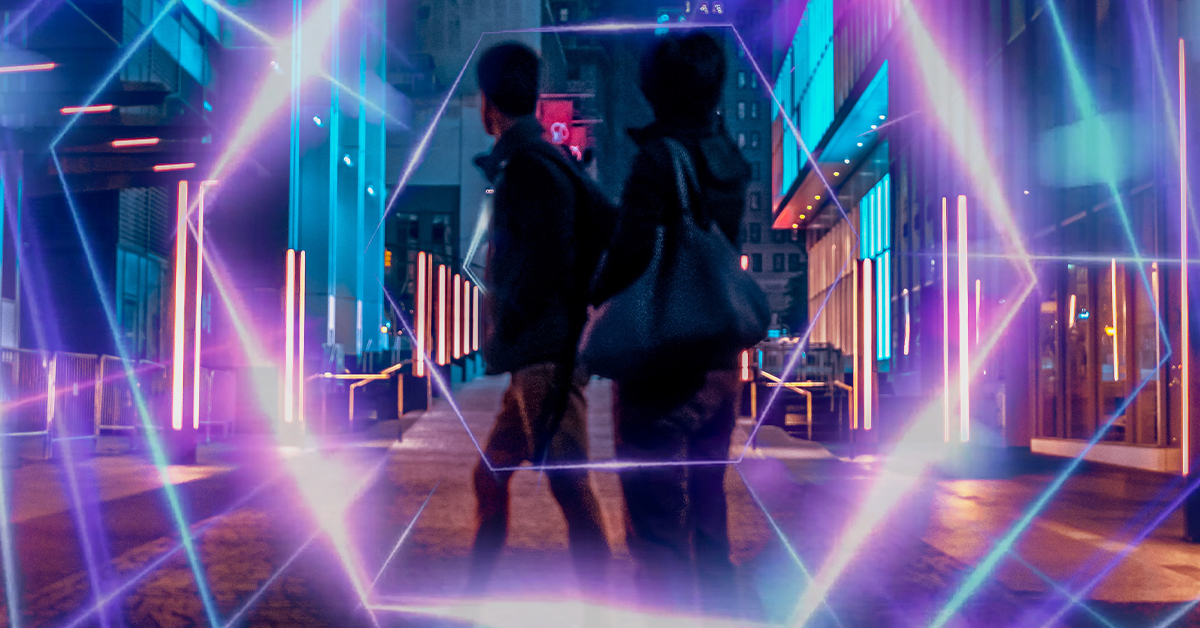
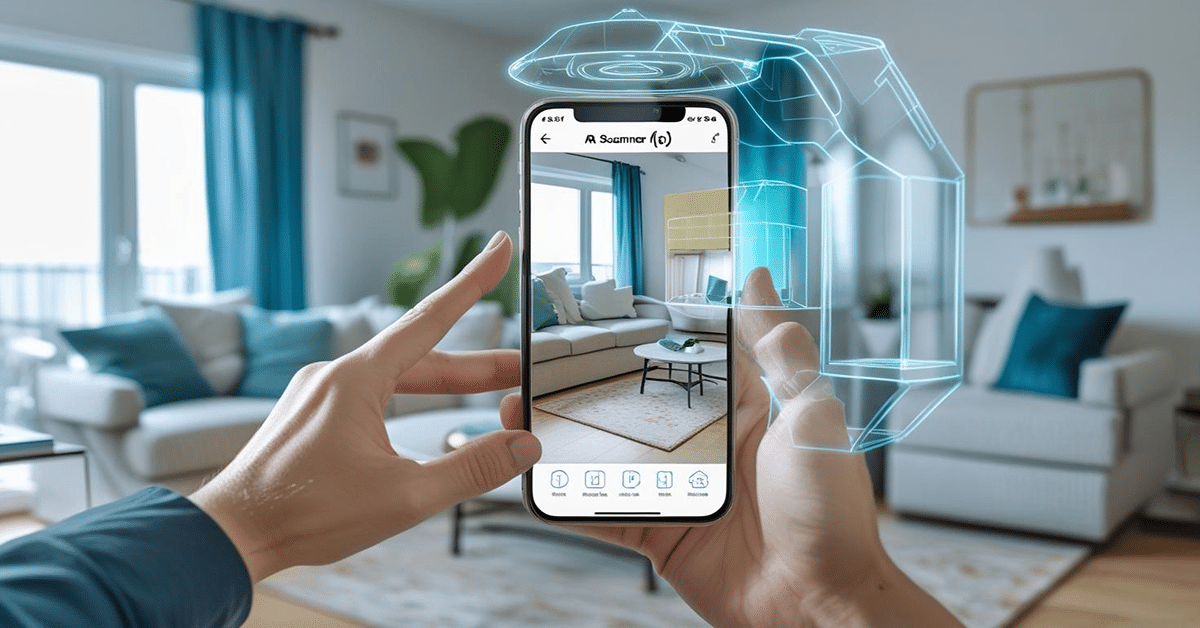
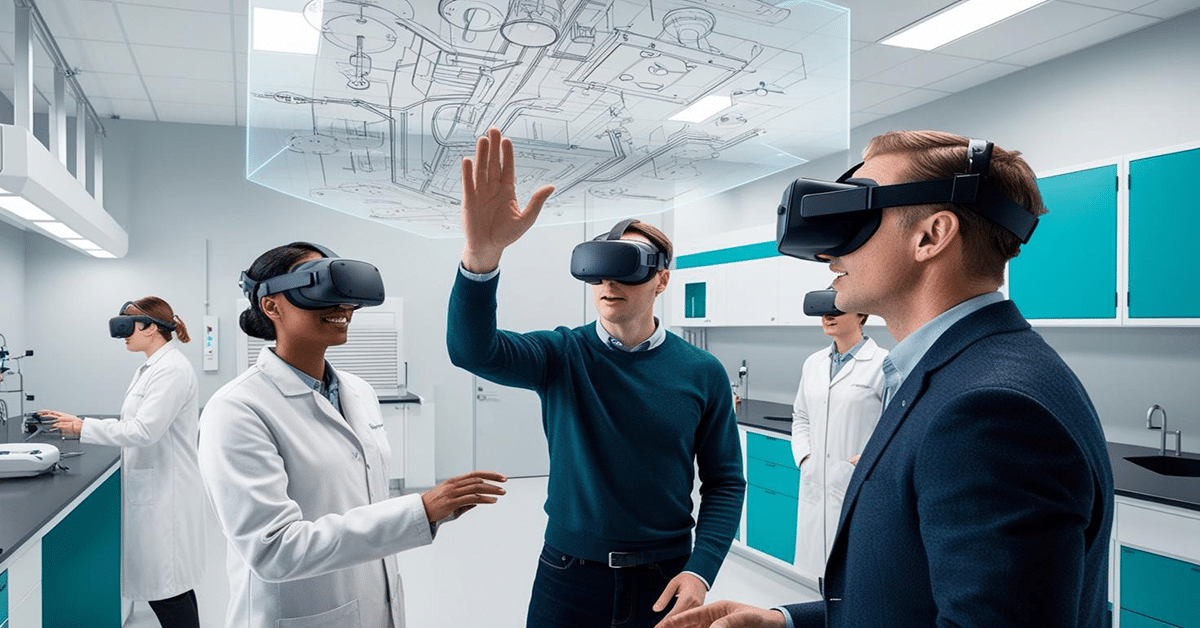
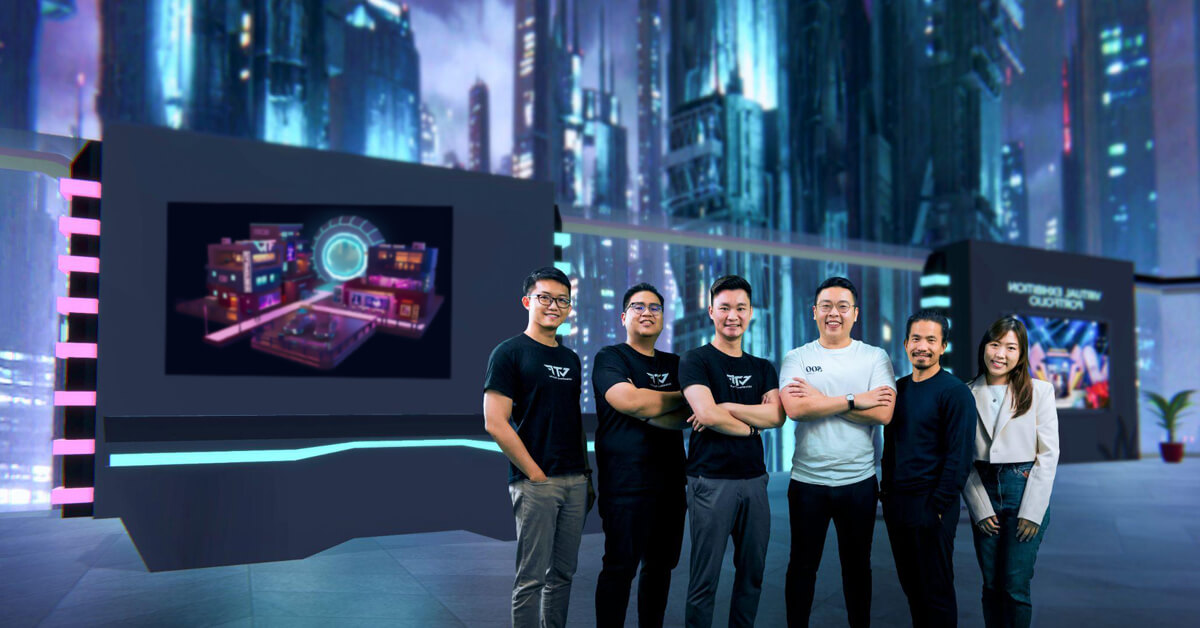

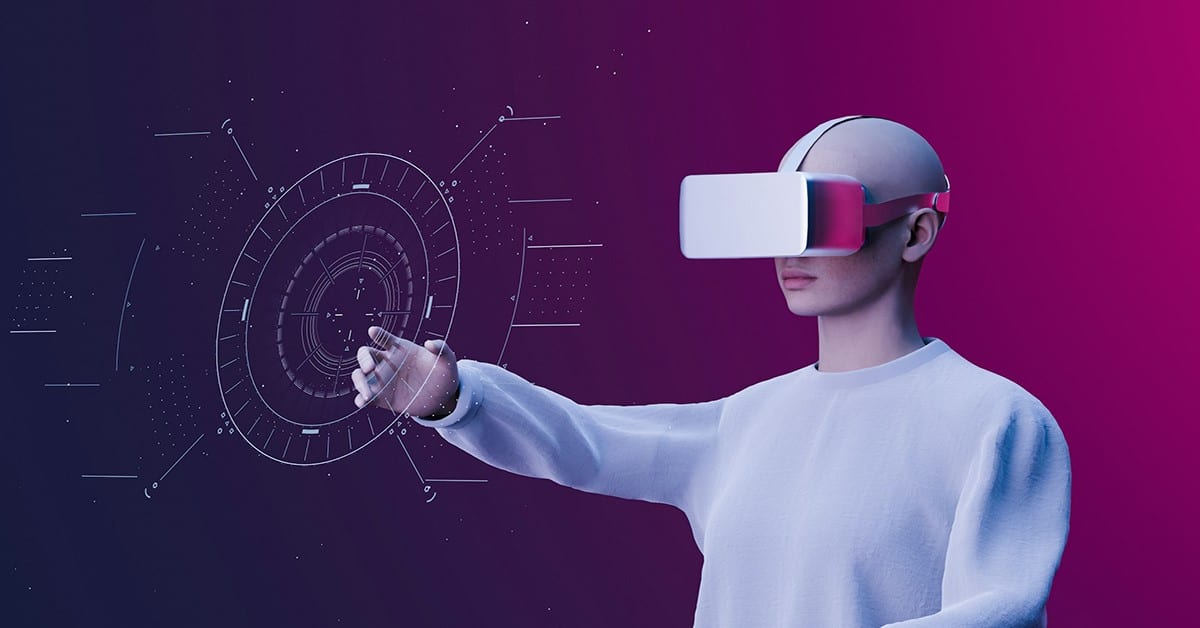
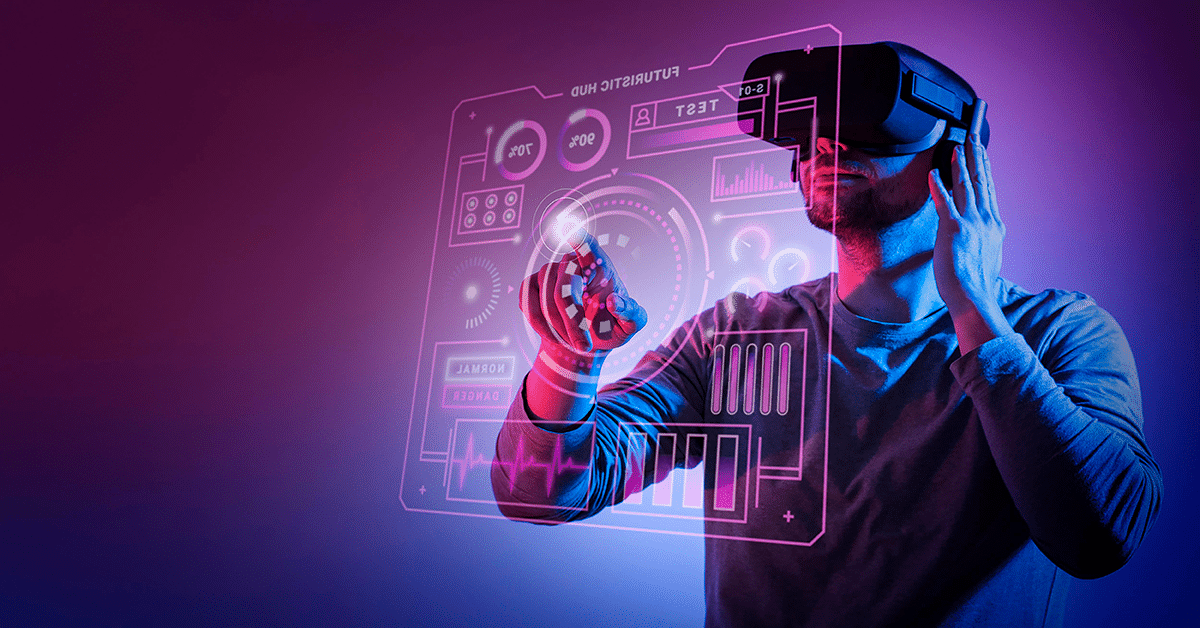

Leave A Comment